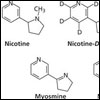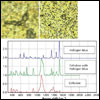|
|

|
| |
 |
|
| |
|
 |
Laser-Ablation ICP-MS Imaging of Geological Samples
Laser-ablation inductively coupled plasma–mass spectrometry (LA-ICP-MS) is well suited for highly sensitive elemental and isotopic analysis of solid samples. In this technique, a laser beam ablates the sample and generates fine particles that are then transported to the ICP-MS system for rapid elemental analysis. Detlef Günther is Professor for Trace Element and Micro Analysis and Vice President Research and Corporate Relations for ETH Zurich, and he and his group use LA-ICP-MS for two- and three-dimensional imaging of geological samples such as rocks and meteorites. He recently spoke to us about this research. |
|
|
|
|
|
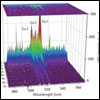
|
LIBS at the Submicrometer Scale
In many advanced materials applications, such as the development of thin films or materials for advanced battery storage, the resolution requirements for elemental imaging usually range from the nanometer to submicrometer scale. Laser-induced breakdown spectroscopy (LIBS) used with a femtosecond laser appears to be a useful technique for such studies, but fully harnessing its capabilities requires gaining a better understanding of laser-induced plasma emission at the submicrometer scale. Vassilia Zorba of Lawrence Berkeley National Laboratory in Berkeley, California, talked to us about what her studies have revealed about the mechanisms of plasma emission at small scales and what she has found when applying femtosecond LIBS to the study of advanced battery materials. |
|
|
|
|
|
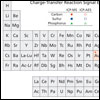
|
How to Improve Analytical Figures of Merit of Hard-To-Ionize Elements in ICP-Based Techniques
Annemie Bogaerts and Maryam Aghaei of the University of Antwerp, Belgium, are carrying out computational modeling to examine how various properties of the ICP, such as gas flow path lines and ionization effects, are affected by various factors—such as gas flow rates, applied power, and even the very presence of a mass spectrometry sampler. Using their developed model, one can predict optimum conditions for specific analyses. |
|
|
|
|
|
|
|
|
|
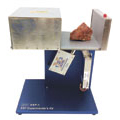 |
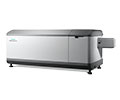 |
| Amptek Experimenter’s XRF Kit |
REVOLUTIONIZE THE CHARACTERIZATION OF BIOMOLECULES |
Quickly begin doing XRF elemental analysis. Kit includes: X-123 Complete Spectrometer with FastSDD® or standard SDD detector; Mini-X X-Ray Tube; newly released XRF-FP2 QA Software; sample enclosure; and test sample.
Learn more |
The J-1000 Series CD Spectrometers offers unparalleled sensitivity, with reach from the vacuum UV to the NIR wavelengths. JASCO also showcases the Simultaneous Multi-Probe Spectroscopy (SMP) which consists of three modes (CD, LD and Absorbance).  Learn more Learn more |
|
|
|
|




